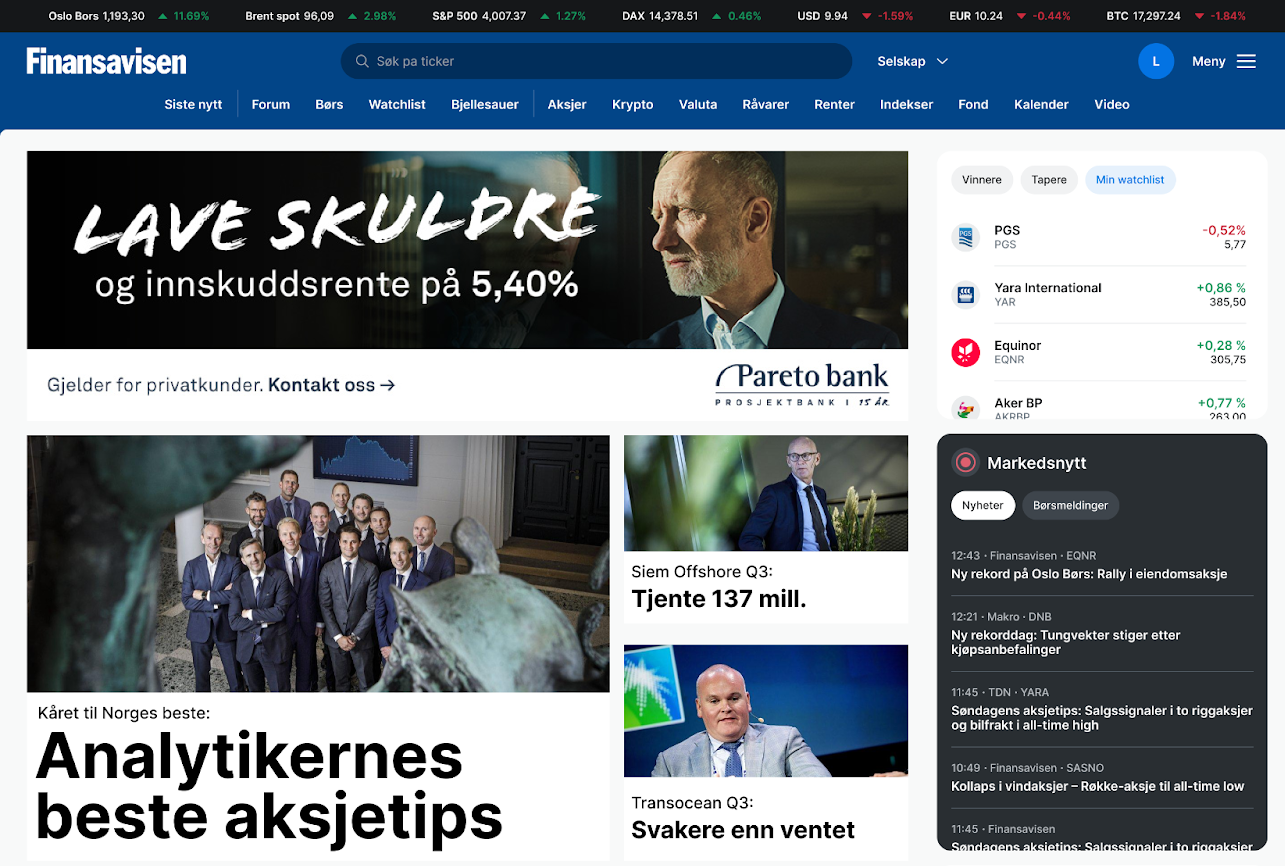
Newsletter
Newsletter
Pugpig’s Product Director explains what a US court ruling against Apple means for how publishers sell subscriptions via their apps.
9th May 2025
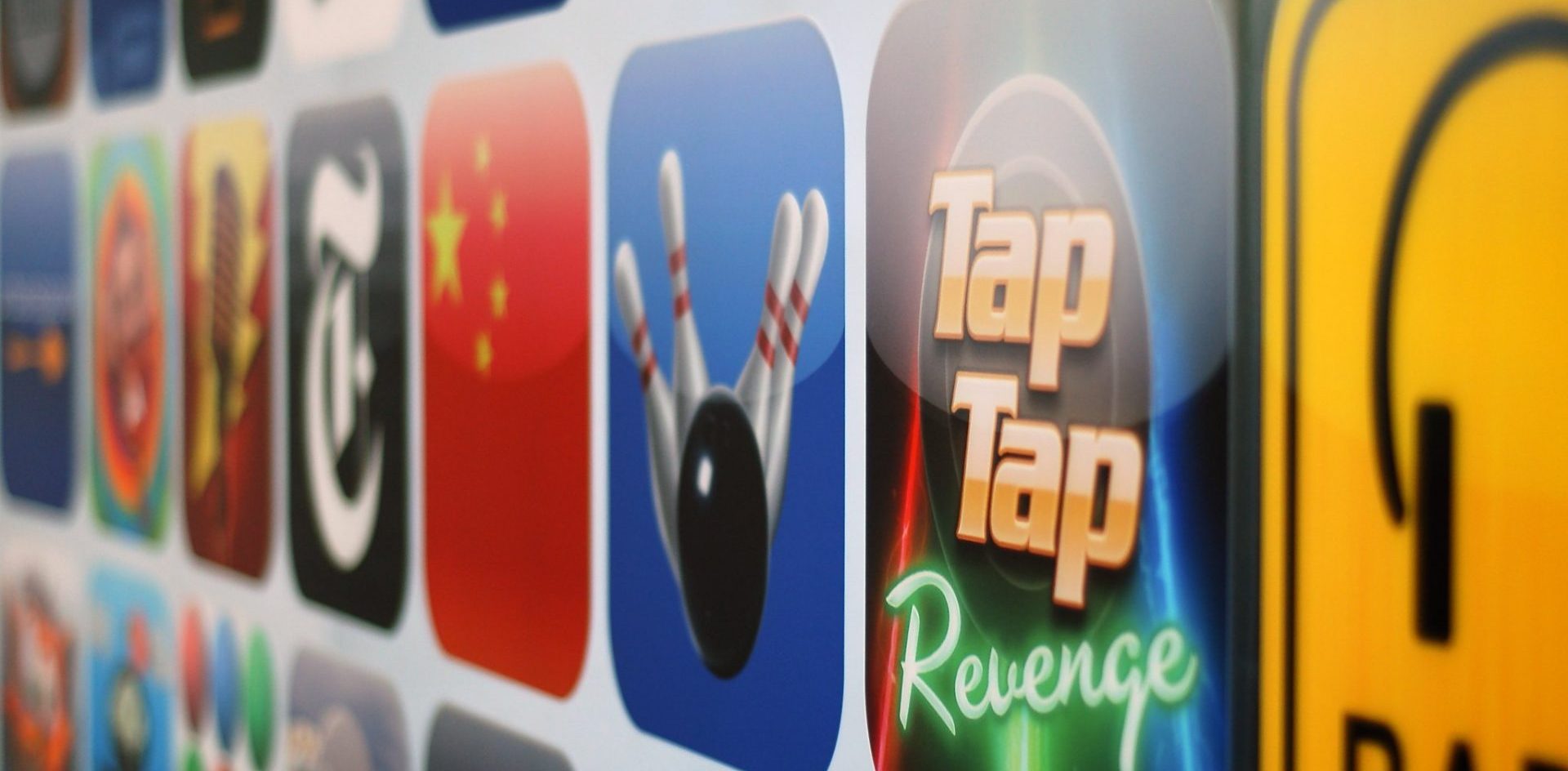
Apple has been dealt “a stinging defeat” in a US court over its control of its app store. Judge Yvonne Gonzalez Rogers said Apple was in “willful violation” of an injunction she ordered in 2021 that required the iPhone maker to allow app developers to send their customers outside of the App Store to buy their apps.
Apple has appealed and asked for a temporary stay of her ruling. Emillie Ruston, Pugpig’s Product Director, outlines what the ruling means for US App Store customers:
The ruling only applies to the US, and the situation could change as the case goes through the appeals process. Emillie also walks through the options for publishers to help you decide how to respond.
The US isn’t the only country looking to regulate how Google and Apple manage their app stores, and the situation continues to evolve. If you want to stay on top of these changes, join our community, Mobile Matters, where we and other experts will keep you abreast of these changes. If you’d like to join, you can sign up here.
Kevin & James
By Emillie Ruston, Pugpig Product Director
“A stinging defeat”, “a scathing ruling”: The press cast last week’s US court ruling against Apple as a major setback for the iPhone maker. The judge ruled the tech giant can no longer prevent developers from directing users to alternative payment methods outside the App Store. Nor can they take any cut from those direct transactions.
The ruling stems from ongoing antitrust scrutiny and the Epic Games vs. Apple case, challenging Apple’s control over in-app purchases and its 15–30% commission fees. In 2021, Judge Yvonne Gonzalez Rogers ruled that developers should be able to link users to their own platforms to make purchases, contradicting Apple’s longtime requirement that all transactions for digital goods must be made via in-app purchases from its store.
Apple’s response to this was to implement the ability to outside transactions, but in an onerous and limited way. Developers had to register an entitlement with Apple, present an interstitial screen warning users they were leaving the safety of Apple’s system and give Apple a commission of 27% of these transactions. That’s only 3% less than the commission taken for most in-app purchases, although smaller developers and in-app subscriptions after the first year were only subject to a 15% cut. This meant that not only was there additional friction to the user experience, but that the new system could actually cost developers more once their own payment processing fees were taken into account.
In the new ruling, Judge Gonzalez Rogers stated that Apple was in “willful violation” of the 2021 injunction and that this constituted “continued attempts to interfere with competition”. She said that Apple’s response to the injunction, outlined above, “strains incredulity” and went into detail about the decision-making process between Apple execs that led to the decision to charge the 27% commission and the introduction of “scare screens”.
In the ruling, she summarised “Apple’s goal: (was) to dissuade customer usage of alternative purchase opportunities and maintain its anticompetitive revenue stream”. It’s hard to argue with this take.
The overview of the ruling ends by stating that, effective immediately, Apple can no longer impede developers’ ability to communicate directly with users, nor take a commission for purchases made outside of the app.
Apple has asked an appeals court to pause the ruling, however, this hasn’t stopped some high-profile apps from moving fast and relaunching with a direct payment flow enabled. See, for instance, Spotify’s new screen (left) and what they had before (right):
(Source: Washington Post)
The door is clearly open, for now at least, to make changes to how you allow US users to subscribe in your app. The Pugpig product team will be sharing details soon on how we plan to accommodate this new flexibility.
The ruling applies only to the US for now. The status quo will remain in other countries, but South Korea and the European Union have also moved to loosen Apple’s control of the app marketplace.
Of course, this all has very meaningful implications for publishers. While Apple still prohibits third-party payment systems within apps, in the US, you can now direct users to external websites for purchases, bypassing all commission fees in the process. Epic’s chief executive, Tim Sweeney, said: “There’s going to be a lot of latitude for developers to get better deals and for consumers to get better deals. This is a wonderful, wonderful day for everybody.”
While External Link Entitlement allowed you to skip the commission, it limited the user experience by mandating a very specific link style for the external purchase link, as well as the aforementioned scare screen. App Store Review Guidelines have already been updated to say there’s no prohibition on these things, nor on encouraging users to use a purchasing method outside of the store, for apps downloaded from the US storefront.
As well as avoiding paying Apple’s commission, the ruling means you can ensure you own the relationship with new subscribers that come from the app, unlike with in-app purchases, which require a cross-entitlement flow to move subscribers who only have a relationship with Apple to ones who also exist in your own system.
Despite clear potential benefits to the flexibility offered by the ruling, we recommend that publishers take a moment to consider all options. Apple may no longer limit how you message and present purchase options in your app, but directing users to purchase via your website still introduces additional friction versus Apple’s in-app purchase flow. Users are taken out of the app, and crucially, will not automatically have access to your content when they return to the app without signing in with the new account they’ve created. You may mitigate this by offering users the chance to register in the app first, but a lot will come down to the flows supported by your subscription provider and website.
Additionally, current in-app purchase subscription mechanisms allow you to present pricing options and promotional offers directly within the app. If the ruling implies no more than a button linking to the website with the CTA to subscribe, then you will need to look closely at whether conversions are impacted by moving to a direct flow. Pugpig will share insights on this as soon as we have them.
Before investing in updates, it is also worth bearing in mind that the situation remains fluid. Further changes could come in the coming weeks and months as Apple appeals the ruling and fleshes out its response.
We’ll be watching closely what happens with the appeal, and of course, all of this is against the broader backdrop of increasing regulatory pressure elsewhere, against other tech companies, as well as Apple. The EU’s Digital Markets Act, the UK’s Digital Markets, Competition and Consumers Act, and other US antitrust efforts, all of which are creating a rapidly shifting environment. We will almost certainly see Apple forced to cede more control to developers and publishers in the coming months and years. It will also be interesting to see how, if at all, Google Play responds to these developments. Are we seeing a slow shift to a truly open app store? Time will tell.
Jersey Evening Post, the island’s only newspaper, has launched their new app on Pugpig Bolt.
Putting subscription growth at the heart of their strategy, their brand new app delivers subscribers a premium user experience through tiered content access, exclusive styling, and engaging daily puzzles. Read more here.
Here are some of the most important headlines about the business of news and publishing as well as strategies and tactics in product management, analytics and audience engagement.

Newsletter
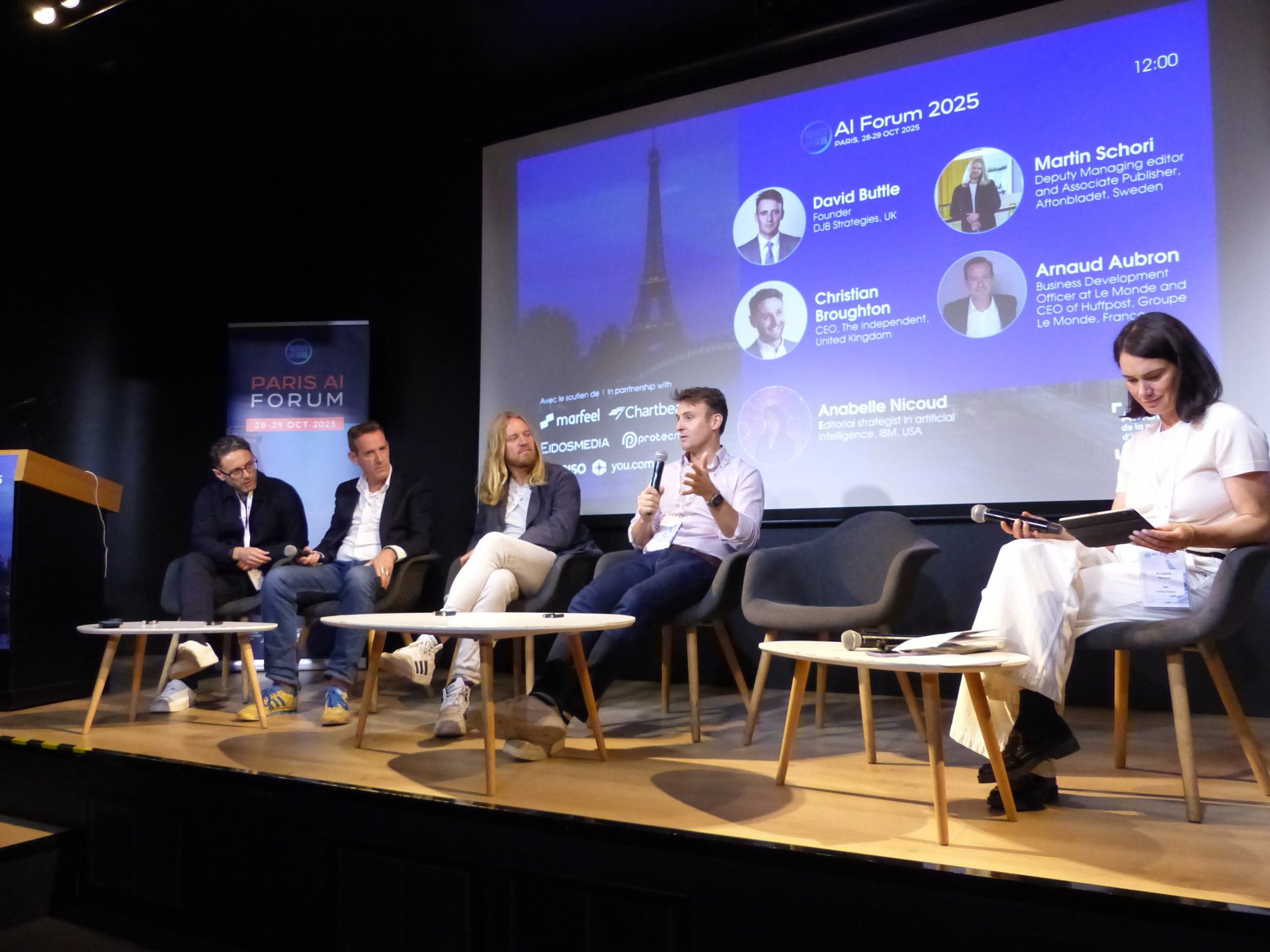
Newsletter

Newsletter
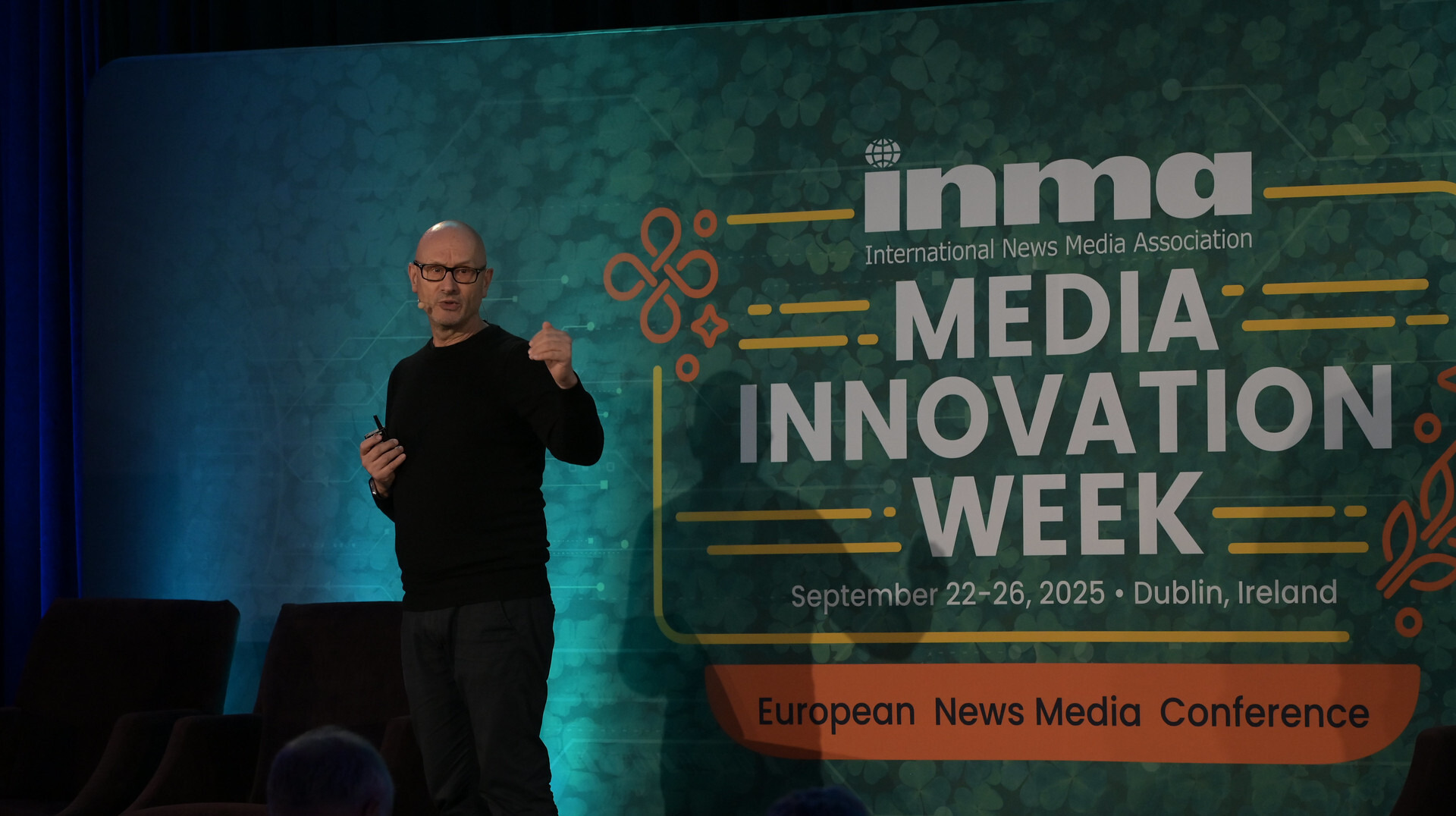
Newsletter
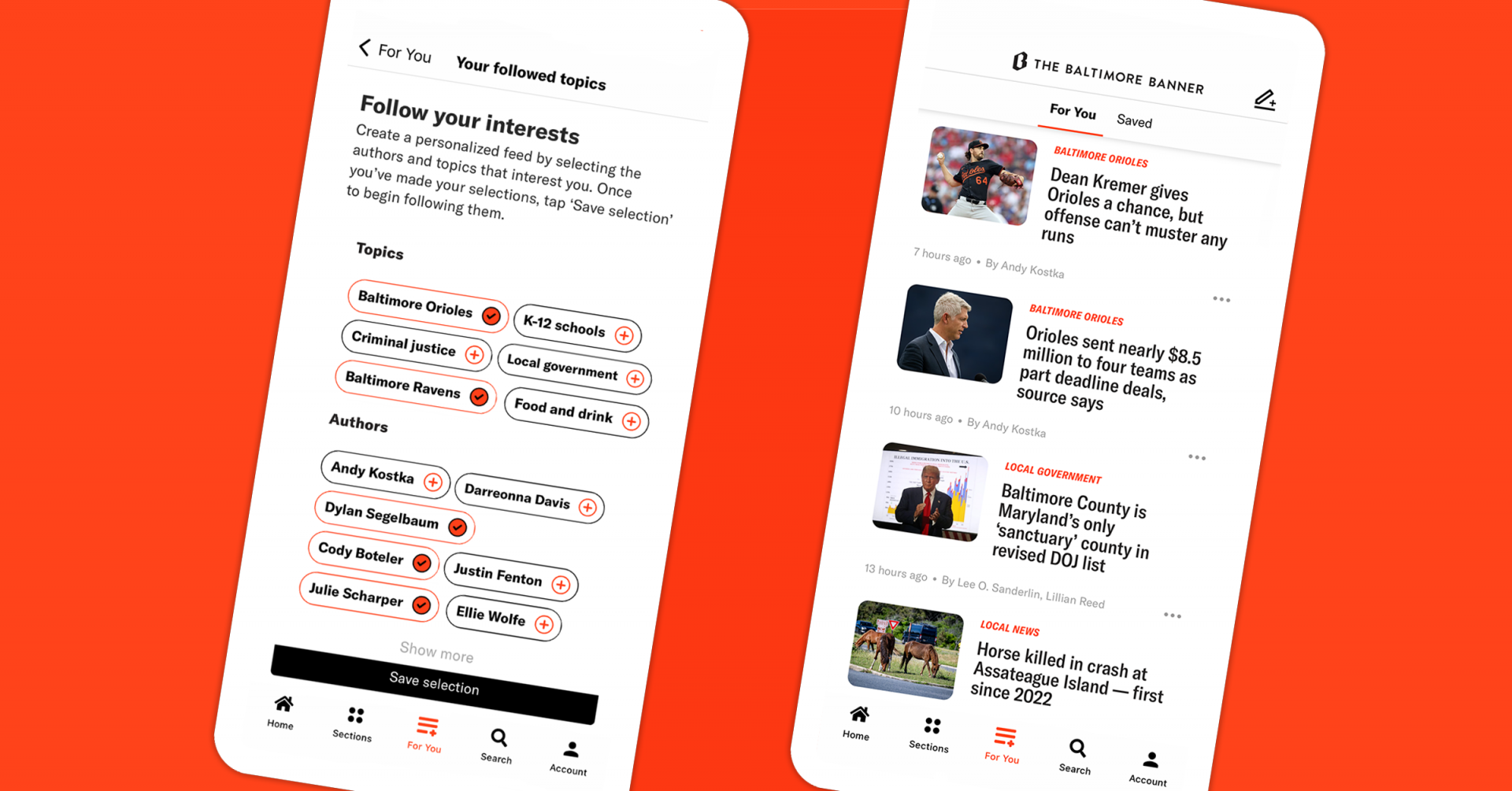
Newsletter